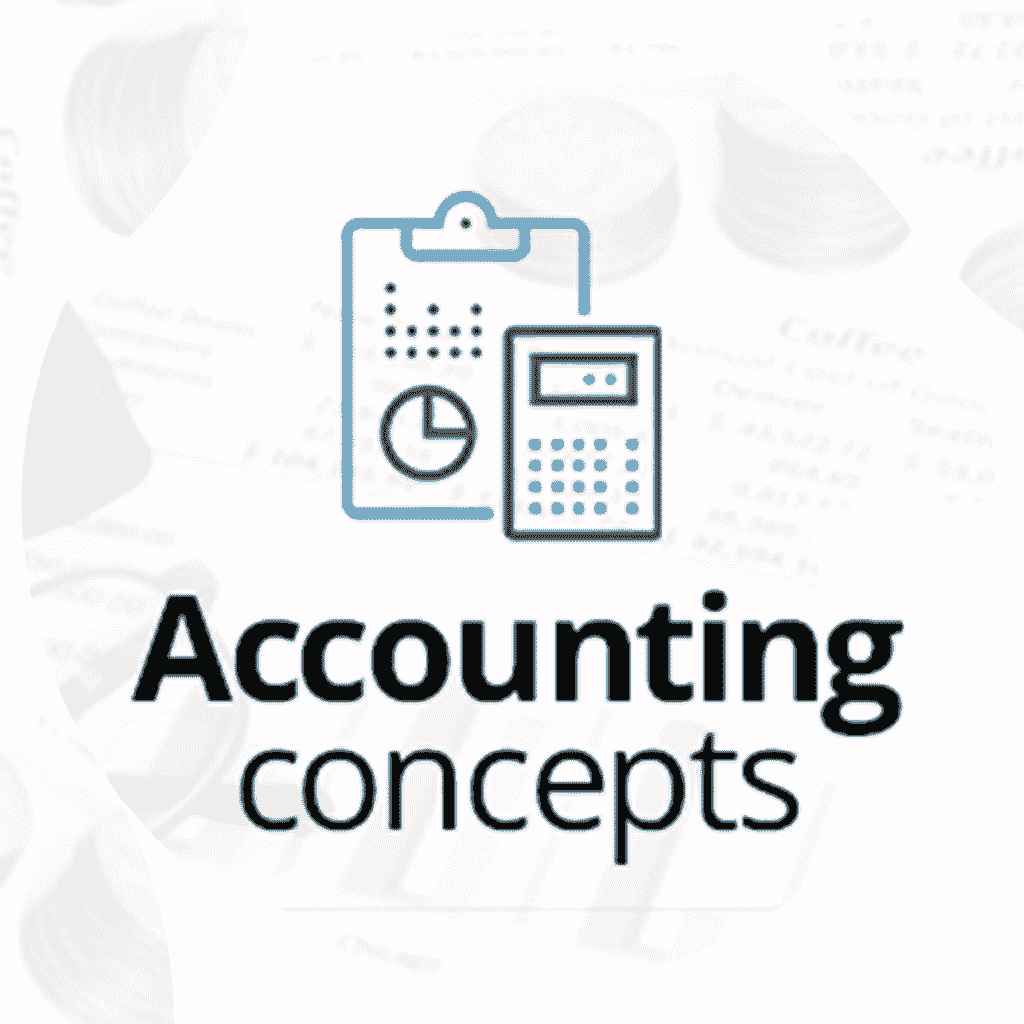What is Marketing feasibility? Discuss some aspects related to Marketing feasibility.
Marketing Feasibility:
Marketing is essential for the success of business. Sales become a direct interface among customs and products offered by companies, and marketing is an indirect function between customer and the company. The purpose of the Marketing Feasibility Study is to determine the suitability of this property for profitable development, and to define optimal products and
amenities in accordance with projected market demand, and to project sales absorption and annual revenues from development of this property.
The following aspects are related with:
Target Market.
A target market is a group of customers that the business has decided to aim its marketing efforts and ultimately its merchandise towards. A well-defined target market is the first element to a marketing strategy. The target market and the marketing mix variables of product, place, promotion and price are the four elements of a marketing mix strategy that determine the success of a product in the marketplace.
Market Segmentation.
Market segmentation enables companies to target different categories of consumers who perceive the full value of certain products and services differently from one another.
Determination of Market Share.
The businessman must try to eliminate the demand for their product. This can be done by:
- Estimating the total demand of the product
- Estimating the market share of the organization.
Techniques for demand forecasting.
Any organization which intends to estimate the present and future demand can depend either on Primary Data or Secondary Data.
Primary Data is related with the data generated by the organization intending to use it for a specific purpose. Such kind of data can be generated by the following techniques:
Market Surveys: Market Surveys gather information regarding the practices of the target market group. Under this, the forecaster undertakes a complete survey of all consumers whose demand he intends to forecast, once this information is collected, the sales forecasts are obtained by simply adding the probable demands of all consumers.
Expert Opinion: In this method, the experts on the particular product whose demand is under study are requested to give their opinion or feel about the product. These experts, dealing in the same or similar product, are able to predict the likely sales of a given product in future periods under different conditions based on their experience.
Trend Analysis: An analysis of past information allows us to identify the major trends in demand. This information can be projected into the future to estimate probable demand.
Correlation Analysis: Correlation Analysis tries to identify relationships between two or more variables. These involve the use of econometric methods to determine the nature and degree of association between/among a set of variables. The analysis can be carried with varying degrees of complexity.
Secondary Data is related with the data collected by the other agencies apart from organization. It provides the base from which we can develop primary information. It is very rightly to say that a combination of both primary data and secondary data forms the basis for Demand Forecasting.




